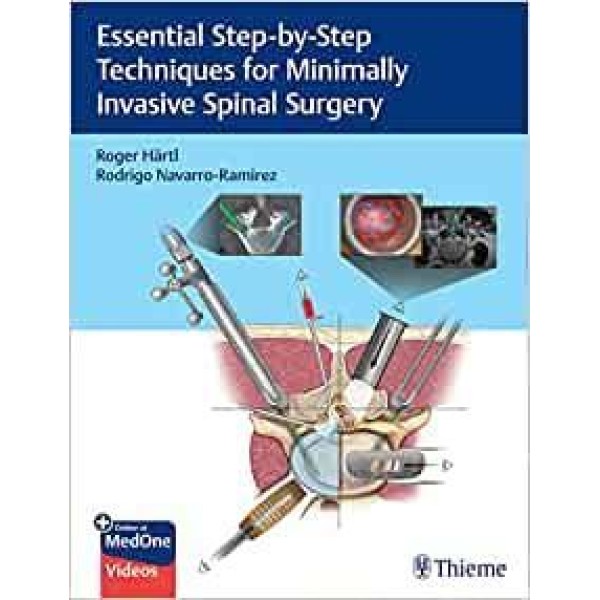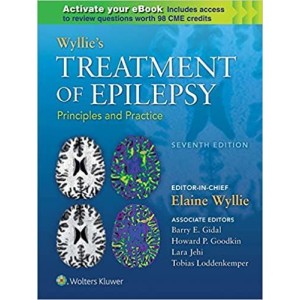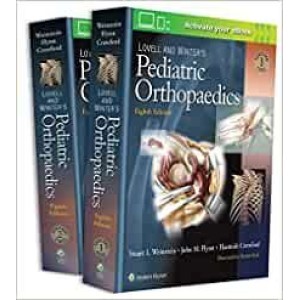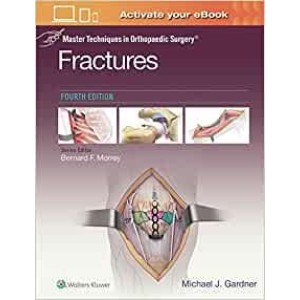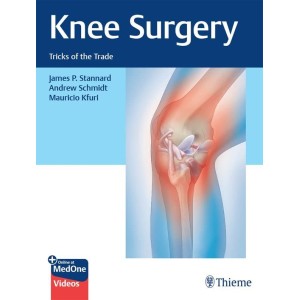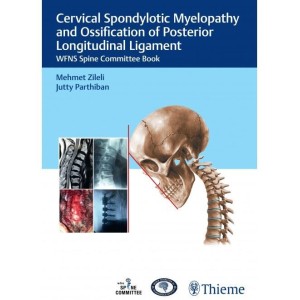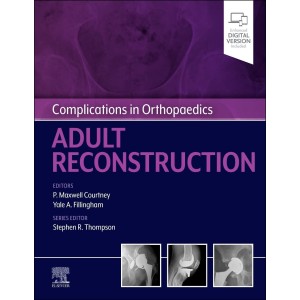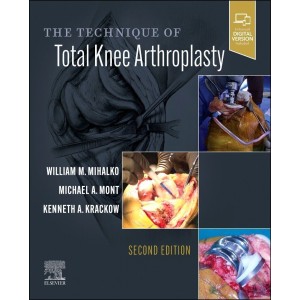Essential Step-by-Step Techniques for Minimally Invasive Spinal Surgery
- Εκδόσεις: Thieme
- Συγγραφέας: Roger Hartl, Rodrigo Navarro-Ramirez,
- Κωδικός Προϊόντος: 9781684200092
- ISBN: 9781684200092
- Διαθεσιμότητα: 10-12 ημέρες
- 217,30€
- 169,60€
- Χωρίς ΦΠΑ: 160,00€
The ultimate resource for learning and mastering minimally invasive spine surgery techniques An estimated 1.5 million instrumented spinal procedures are performed every year in the US. The majority of decompressions and about 50% of fusion procedures can be performed completely or partially using minimally invasive spine surgery (MISS) techniques. The full potential of MISS techniques has yet to be realized. Essential Step-by-Step Techniques for Minimally Invasive Spinal Surgery by internationally renowned MISS neurosurgeon Roger Härtl, spine-neurosurgeon Rodrigo Navarro-Ramirez, and an impressive group of global multidisciplinary contributors is the most comprehensive and detailed textbook written to date on this topic. The foundation of the book is built on six interacting principles critical to surgical success, and MISS in particular: Target, Technology, Technique, Teaching and Training, Testing, and Talent. The text starts with an opening chapter on the definition of MISS and introduction of these principles. Fifty-six subsequent chapters provide a comprehensive discussion on how to utilize an MISS approach for a full spectrum of spinal pathologies using nuanced variations specific to the operating surgeon. To ensure readers are well versed in all aspects of MISS, these chapters include painstaking details on indications, contraindications, pathoanatomy, operating room set-up, step-by-step techniques, and postoperative management.
Key Highlights:
- Contributions from master spine surgeons across the world provide a balanced global perspective on mastering and incorporating diverse techniques into practice
- Invaluable clinical pearls including tips/tricks and complication avoidance
- High-quality images, figures, anatomic drawings, and imaging studies illustrate relevant anatomic approaches and corridors and delineate why anatomic mastery is critical to MISS
- Twenty-five videos enhance the ability to learn and implement MISS approaches
This is a must-have resource for practicing spine surgeons interested in MISS who wish to learn the latest techniques from master surgeons and achieve optimal patient outcomes. The text and videos also provide a robust training tool for senior-level orthopaedic and neurosurgery residents and spine fellows.
| ΛΟΙΠΑ ΣΤΟΙΧΕΙΑ | |
| Εικόνες | 928 |
| Εξώφυλλο | Σκληρό |
| Ημ. Έκδοσης | 2022 |
| Σελίδες | 468 |
Ετικέτες: Essential, Step-by-Step, Techniques, for, Minimally, Invasive, Spinal, Surgery, Ορθοπεδική, Thieme

